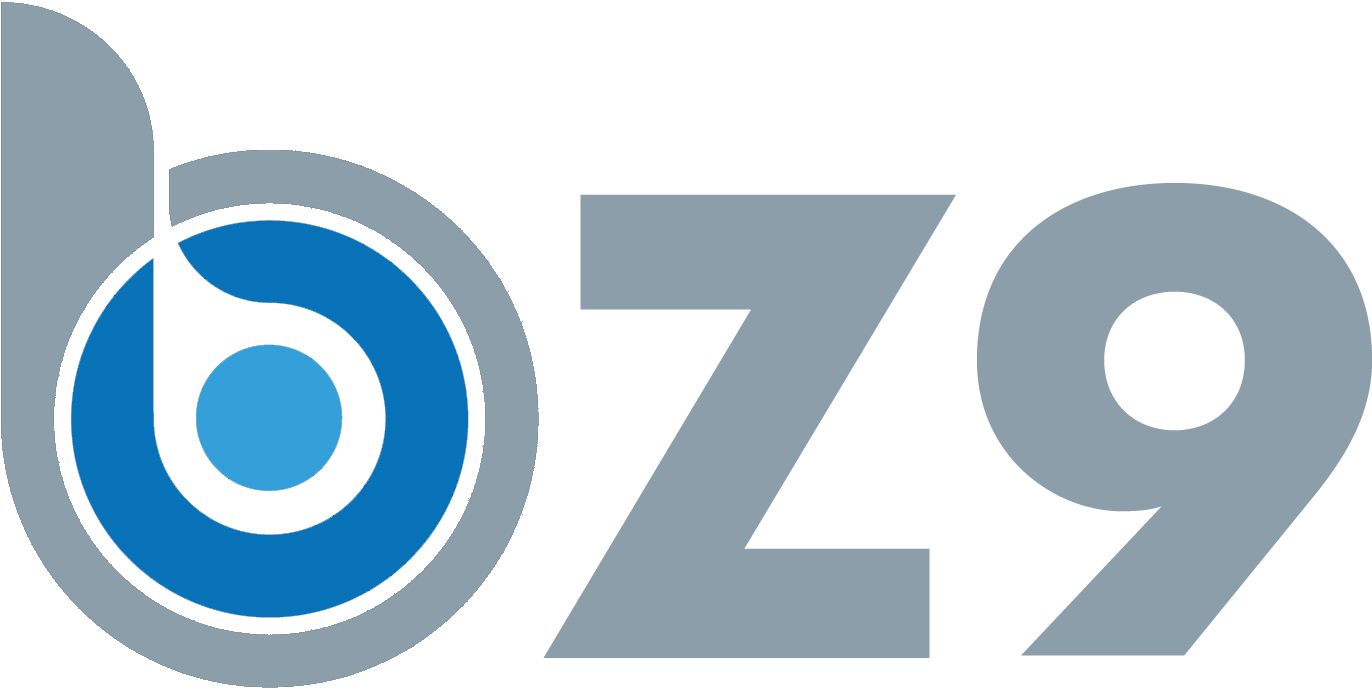
In the wake of global health crises and the ongoing challenge of preventing the spread of infectious diseases, healthcare facilities are constantly seeking innovative ways to enhance safety protocols. One unexpected ally in this fight has emerged in the form of QR codes. These simple, scannable squares of black and white pixels are proving to be powerful tools in reducing virus transmission within hospitals, clinics, and other medical settings.
The primary advantage of QR codes in healthcare facilities lies in their ability to minimize physical contact and streamline processes that traditionally required close interaction. By leveraging the ubiquity of smartphones, QR codes enable touchless information sharing, patient check-ins, and access to critical health information, all of which contribute to reducing the risk of virus spread.
One of the most immediate applications of QR codes in healthcare settings is contactless check-in and registration. Patients can scan a code upon arrival, complete necessary forms on their personal devices, and even receive notifications about their appointment status without needing to interact with shared surfaces or staff members. This not only reduces the risk of transmission but also improves efficiency and reduces wait times in crowded areas.
QR codes are also being used to provide instant access to important health and safety information. Codes placed strategically throughout a facility can link to hand hygiene tutorials, current facility policies, or real-time updates on wait times and crowding in different areas. This helps to keep both patients and staff informed and compliant with the latest safety protocols.
In patient rooms and treatment areas, QR codes are being employed to provide touchless access to patient information for healthcare providers. Instead of sharing physical charts or accessing shared computer terminals, staff can quickly scan a code to view patient records, reducing the risk of cross-contamination between rooms.
Visitor management is another area where QR codes are making a significant impact. By implementing QR code-based visitor passes, facilities can easily track and limit the number of visitors, ensure they've completed necessary health screenings, and provide them with essential safety information upon entry.
QR codes are also proving valuable in inventory management and equipment tracking. By scanning codes on supplies or devices, staff can quickly check availability, reorder necessary items, or log usage without needing to handle shared log books or computers. This not only reduces touch points but also improves overall inventory accuracy and efficiency.
With regard patient education, QR codes are being used to provide easy access to discharge instructions, medication information, and follow-up care details. This reduces the need for printed materials and ensures patients have ongoing access to important information even after leaving the facility.
While the implementation of QR codes in healthcare settings offers numerous benefits, it's not without challenges. Concerns about technology access, particularly among older patients, need to be addressed. Additionally, robust cybersecurity measures must be in place to protect sensitive health information accessed through these codes.
As we continue to navigate the complexities of providing safe, efficient healthcare in a world where infectious diseases remain a constant threat, QR codes offer a simple yet effective tool in our arsenal. By reducing physical contact points, streamlining processes, and improving access to critical information, these unassuming squares of pixels are playing a significant role in creating safer healthcare environments for patients and providers alike.
The adoption of QR codes in healthcare facilities represents a broader trend towards digital transformation in the medical field. As we look to the future, the potential applications of this technology continue to expand, promising even greater advancements in safety, efficiency, and patient care. In the ongoing battle against the spread of viruses, QR codes have emerged as an unexpected but powerful ally, helping to reshape the landscape of healthcare delivery for the better.




